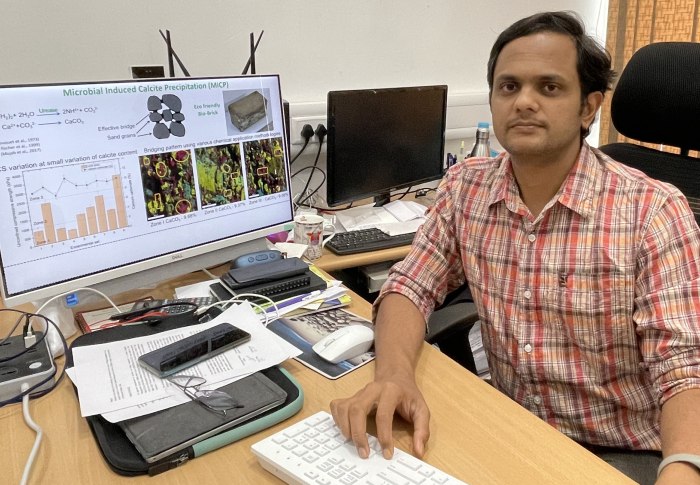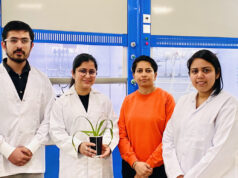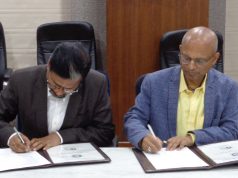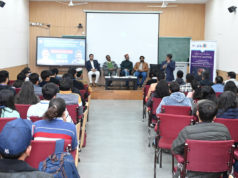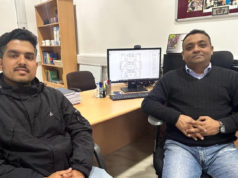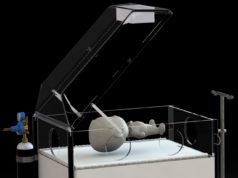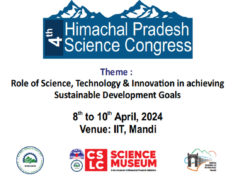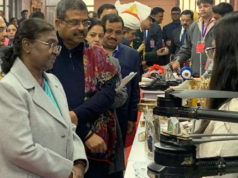The study will help in designing microbial methods to improve soil shear strength at the field scale to protect the soil from erosion in hilly areas and during geo-disasters.
Mandi: IIT Mandi researchers work towards developing sustainable techniques for soil stabilization using a harmless bacteria called S. Pasteurii that hydrolyse urea to precipitate calcite.
The process does not involve hazardous chemicals and natural resources can be used sustainably.
The research was led by Dr. Kala Venkata Uday and co-authored by scholar Deepak Mori.
Soil stabilization is the process of conferring long-term permanent strength to the soil by artificial means. It is used when construction work must be carried out on unstable grounds or to protect soil from erosion. Traditionally, mechanical processes such as compression and chemical processes such as the injection of chemical grout fluids into the soil are used for soil stabilization
In the past decades, an eco-friendly and sustainable soil stabilization technique – Microbial Induced Calcite Precipitation (MICP) – is being investigated worldwide. In this method, bacteria are used to produce calcium carbonate (calcite) within soil pores, which cements the individual grains together, thereby enhancing the soil strength.
Speaking about his research, Dr K. V. Uday, Assistant Professor, School of Engineering, said, “Our study will be helpful in designing microbial methods to improve soil shear strength at the field scale, to protect the soil from erosion in hilly areas and during geo-disasters. We are also working on the microbe-driven production of construction material from quarry waste.”
Further, Dr. K.V. Uday, said, “While there are studies worldwide on the development of MICP techniques for soil stabilization, the factors that affect the efficacy of the process are still not completely understood.”
The researchers used a harmless bacteria called S. Pasteurii that hydrolyse urea to precipitate calcite. The use of urea is particularly attractive because it does not involve hazardous chemicals and natural resources can be used sustainably. Their experimental setup consisted of a column of sand through which was percolated a mixture of the bacteria and cementing solution comprising urea, calcium chloride, nutrient broth, etc.
Explaining the research work Deepak Mori said, “The Calcite Precipitation Efficiency (CPE) depends on a number of parameters including and not limited to the concentration of the cementing solution, its flow rate through the column, the supply rate, applied pore volume, and the sand grain characteristics. We set out to understand the effects of various parameters on the CPE.”


